


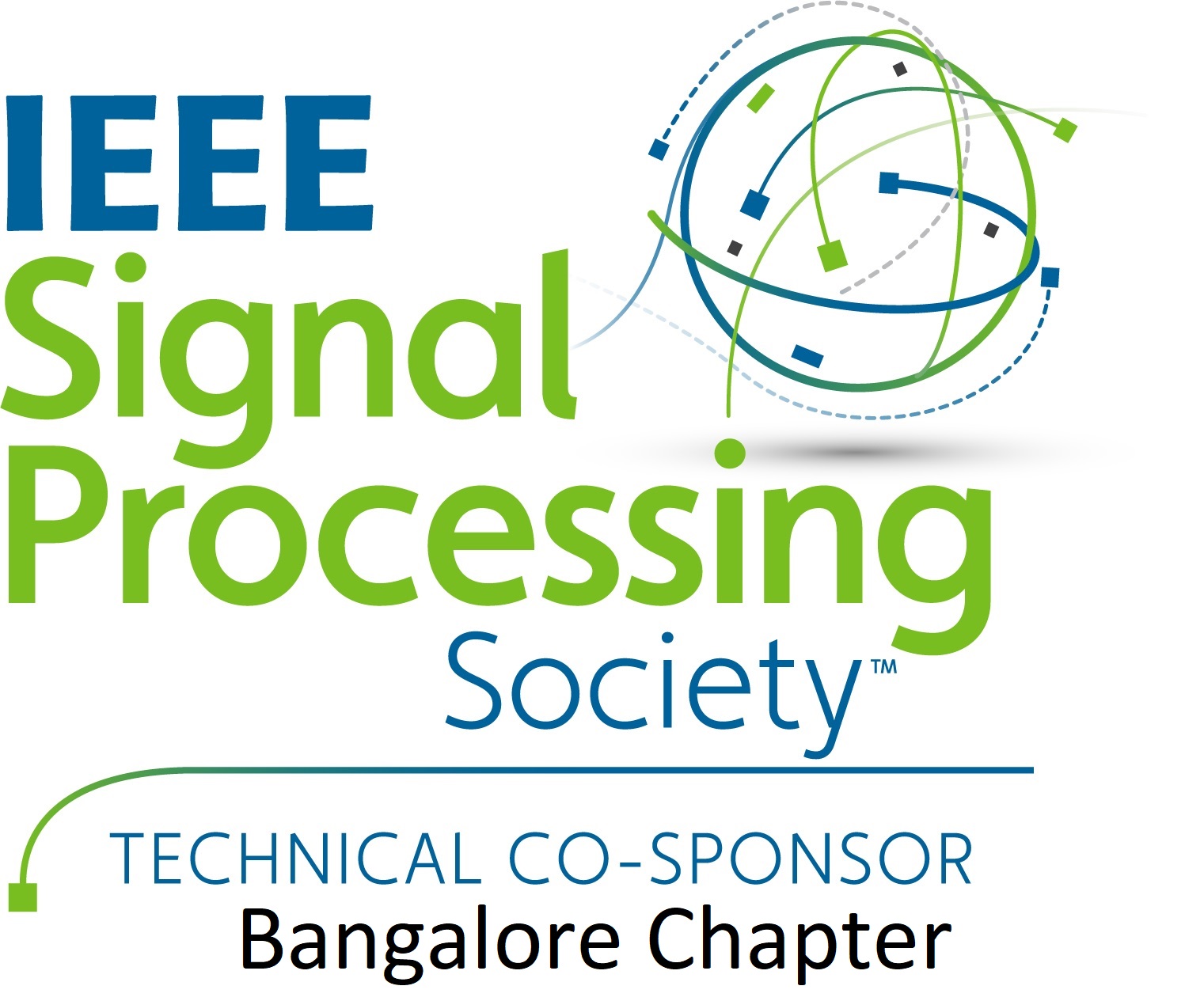








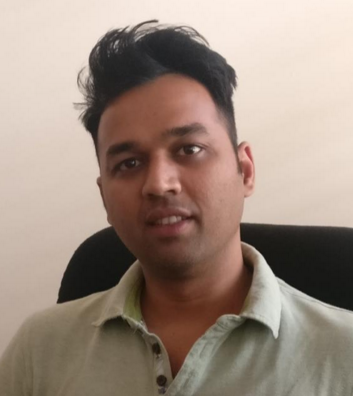
Chetan Singh Thakur is an Assistant Professor at Indian Institute of Science (IISc), Bangalore, and has an Adjunct Faculty appointment at the International Center for Neuromorphic Systems, Western Sydney University (WSU), Australia. Dr. Chetan Singh Thakur (Senior Member, IEEE) received his Ph.D. in neuromorphic engineering at the MARCS Research Institute, Western Sydney University in 2016. He then worked as a research fellow at the Johns Hopkins University. In addition, Dr. Thakur has extensive industrial experience. He worked for 6 years with Texas Instruments Singapore as a senior Integrated Circuit Design Engineer, designing IPs for mobile processors. His research expertise lies in neuromorphic computing, mixed-signal VLSI systems, computational neuroscience, probabilistic signal processing, and machine learning. His research interest is to understand the signal processing aspects of the brain and apply those to build novel intelligent systems. He is recipients of several awards such as Young Investigator Award from Pratiksha Trust, Early Career Research Award by Science and Engineering Research Board- India, Inspire Faculty Award by Department of Science and Technology- India.
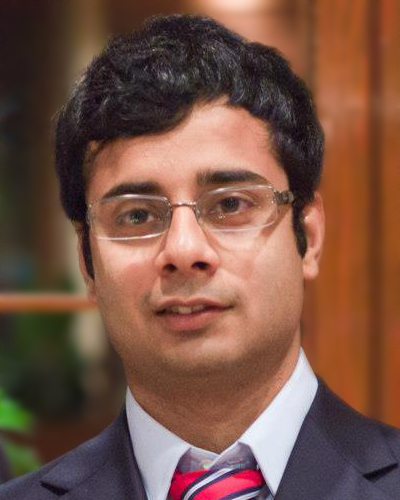
Anirban Chakraborty has been working as a faculty member in CDS, IISc since June’17. From December’16 to June’17, he worked as a researcher at Robert Bosch Research and Technology Centre, India. Before that, Dr. Chakraborty was a research fellow in the Rapid-Rich Object Search (ROSE) Lab at Nanyang Technological University, Singapore working on large scale, deployable video surveillance systems. From October’14 to November’15, he worked as a post-doctoral fellow in the A*STAR-NUS Clinical Imaging Research Centre at National University of Singapore. Dr. Chakraborty completed his Ph.D. in Electrical Engineering from University of California, Riverside under the supervision of Dr. Amit K. Roy-Chowdhury in August’14. He also obtained his M.S. from the same institute in 2010 and prior to that, his bachelors in Electrical Engineering from Jadavpur University, India.

Chakrabartty joined the Washington University in St. Louis faculty from Michigan State University, where he served as Professor and Director of the Adaptive Integrated Microsystems Laboratory. He received his B.Tech in Electrical Engineering from the Indian Institute of Technology in Delhi, India before receiving his MS and PhD from Johns Hopkins University in 2002 and 2004.
Professor Chakrabartty is an alumnus of the US National Academy Frontiers of Engineering and has received numerous awards including the National Science Foundation CAREER Award (2010), MSU Teacher-Scholar Award (2011), and the MSU Innovation of the Year Award (2012).
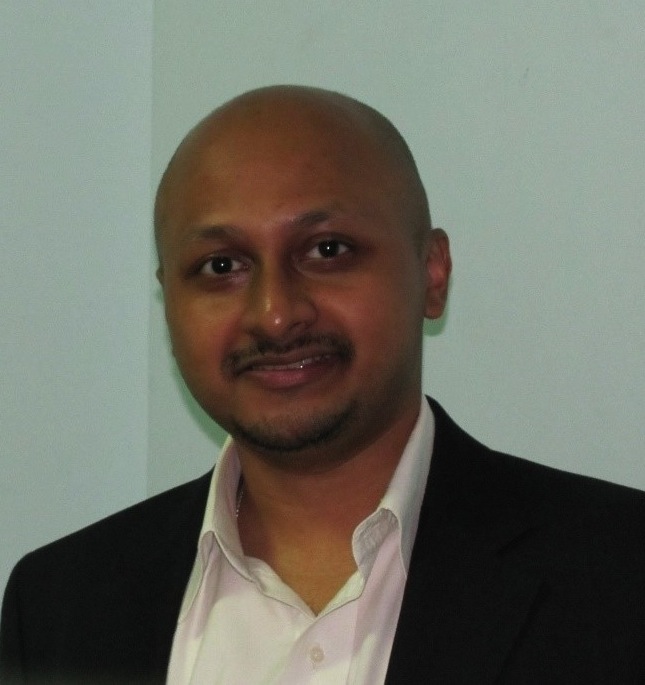
Arindam Basu received the B.Tech. and M.Tech. degrees in electronics and electrical communication engineering from IIT Kharagpur, Kharagpur, India, in 2005, the M.S. degree in mathematics and the Ph.D. degree in electrical engineering from the Georgia Institute of Technology,Atlanta, GA, USA, in 2009 and 2010, respectively. He joined Nanyang Technological University,Singapore, in 2010, where he is currently a tenured Associate Professor. His research interests include bio-inspired neuromorphic circuits, non-linear dynamics in neural systems, low-power analog IC design, and programmable circuits and devices.
Dr. Basu was the recipient of the Best Student Paper Award from the ultrasonics symposium in 2006, best live demonstration at ISCAS 2010 and a finalist position in the Best Student Paper Contest at ISCAS 2008. He was also the recipient of the MIT Technology Reviews inaugural TR35@Singapore Award in 2012 for being among the top12 innovators under the age of 35 in Southeast Asia, Australia, and New Zealand. He was the recipient of the Prime Minister of IndiaGold Medal in 2005 from IIT Kharagpur. He was a Guest Editor for several special issues in IEEE journals. He is currently an Associate Editor for the IEEE SENSORS JOURNAL, IEEE TRANSACTIONS ON BIOMEDICAL CIRCUITS AND SYSTEMS, and Frontiers in Neuroscience. He was a Distinguished Lecturer of the IEEE Circuits and Systems Society from 2016 to 2017
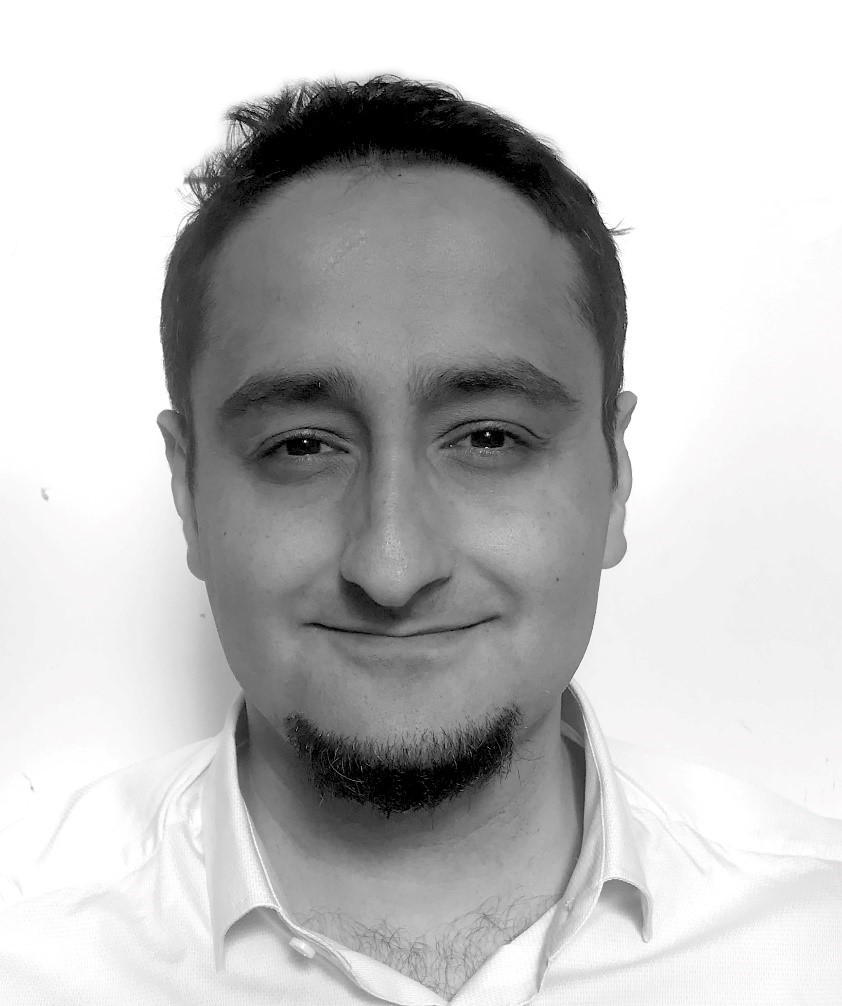
Afshar is a Postdoctoral Research Fellow at the International Center for Neuromorphic Systems, Australia. He completed his PhD from Western Sydney University, Australia in 2020. Dr Afshar's research is focused on the investigation of computational architectures and algorithms from the fields of neuroscience, machine learning, signal processing, and circuit design to develop novel vision, memory, and auditory sensing and processing systems with superior performance in dynamic noisy environments when compared with the state of the art conventional computing approaches.
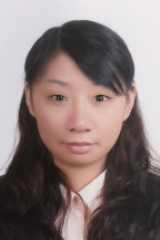
Ying Xu is a Postdoctoral Research Fellow at the International Center for Neuromorphic Systems, Australia. Ying Xu received a M.Sc. degree in microelectronics from Waseda University, Japan, in 2008 and Ph.D. from Western Sydney University, Australia in 2019. Her Ph.D. research investigated neuromorphic auditory systems and applications. Prior to her Ph.D. study, she worked as an ASIC design engineer in industry. Her research interest is Neuromorphic Engineering, Mixed-signal VLSI Design and Machine Learning.
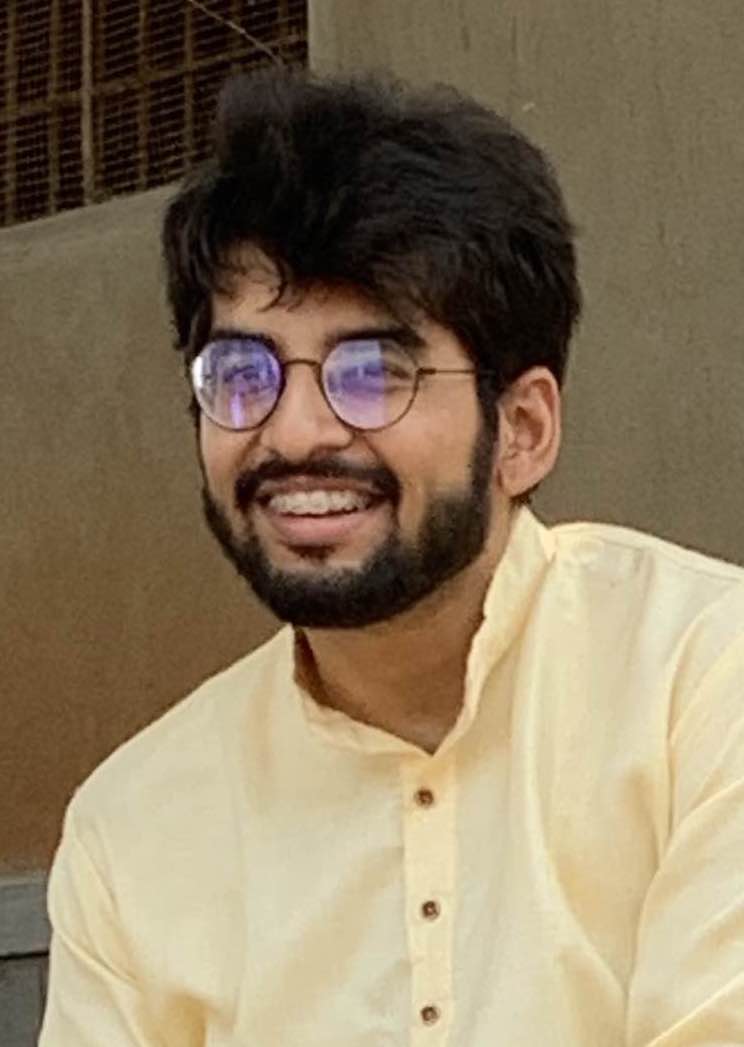
Ashish is currently pursuing a Master of Science in Neuroengineering at the Technische Universität München. His interests lie in neuromorphic sensing and computing, rehabilitative exoskeletons and computational neuroscience. After graduating with a B.E. in Electrical and Electronics Engineering (EEE) from R.V. College of Engineering, Bengaluru, he briefly worked with Robert Bosch Engineering and Business Solutions, Bengaluru. He later was a Project Assistant in Spectrum Lab, IISc, Bengaluru where he worked on 3-D scanning with Event-based Cameras.
Abstract: Event cameras are a recent class of sensing devices that are inspired by the sensing pathways in the human eye. Their advantage lies in the fact that they output sparser information in an event-driven manner which is contrary to how conventional cameras work. This alternative sensing paradigm necessitates new algorithms to process data generated by them. An interesting question to ask would be, "Can we achieve 3-D representations of the object with event cameras?". In this talk, we shall first review a few structured light methods for conventional frame-based cameras and briefly explain the functioning of a few popular event cameras. We then review a single-line object scanning paradigm with event cameras and then propose a multi-line extension of this paradigm using structured light patterns.